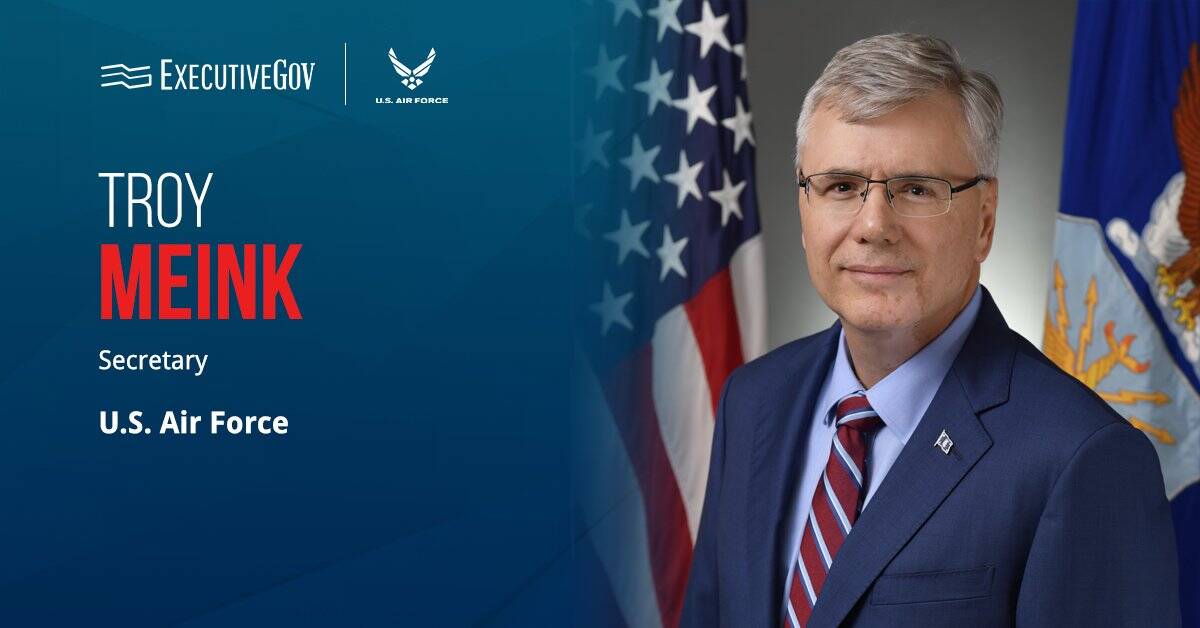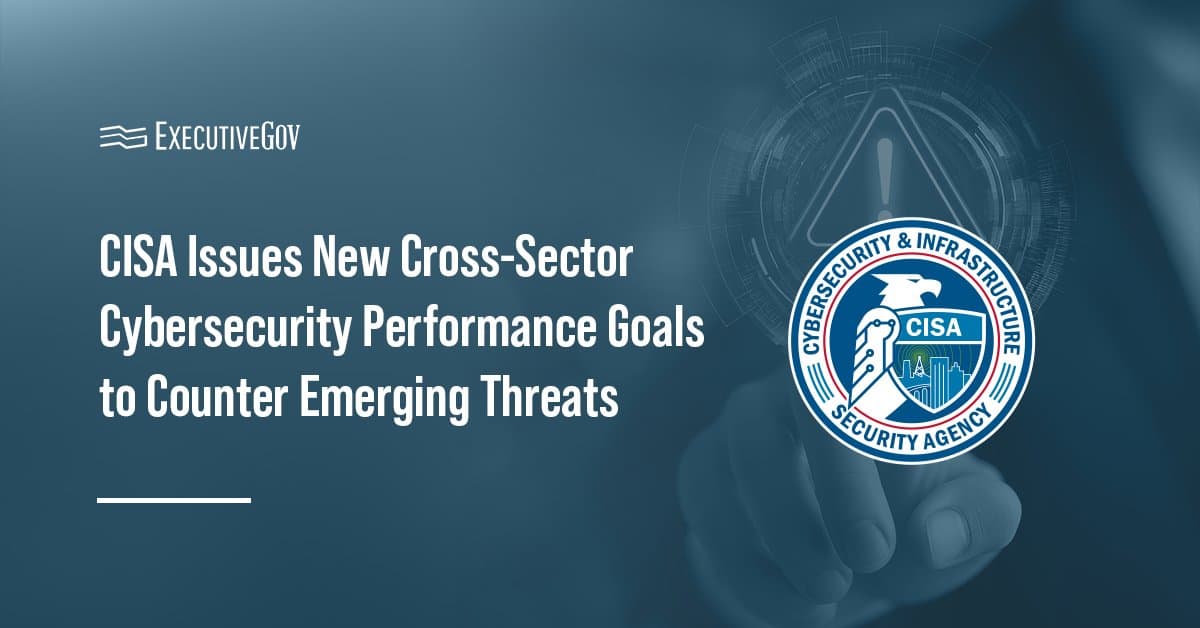
The U.S. Navy plans to implement the use of unmanned systems in mine warfare to keep pace with enemy developments, National Defense Magazine reported Thursday.
Stephen Olson, deputy branch head for mine warfare with the Office of the Chief of Naval Operations, said the branch is shifting from the traditional fleet approach to one that includes stronger mine countermeasures. During the National Defense Industrial Association’s Expeditionary Warfare Conference, he said the strategic change will primarily involve the use of littoral combat ships.
“Unmanned surface, underwater [and] airborne platforms are going to play a key role in the future MCM force,†Olson said.
The deputy branch head added that these platforms would provide sensor support to detect and neutralize mines, and shorten time needed for clearance.





